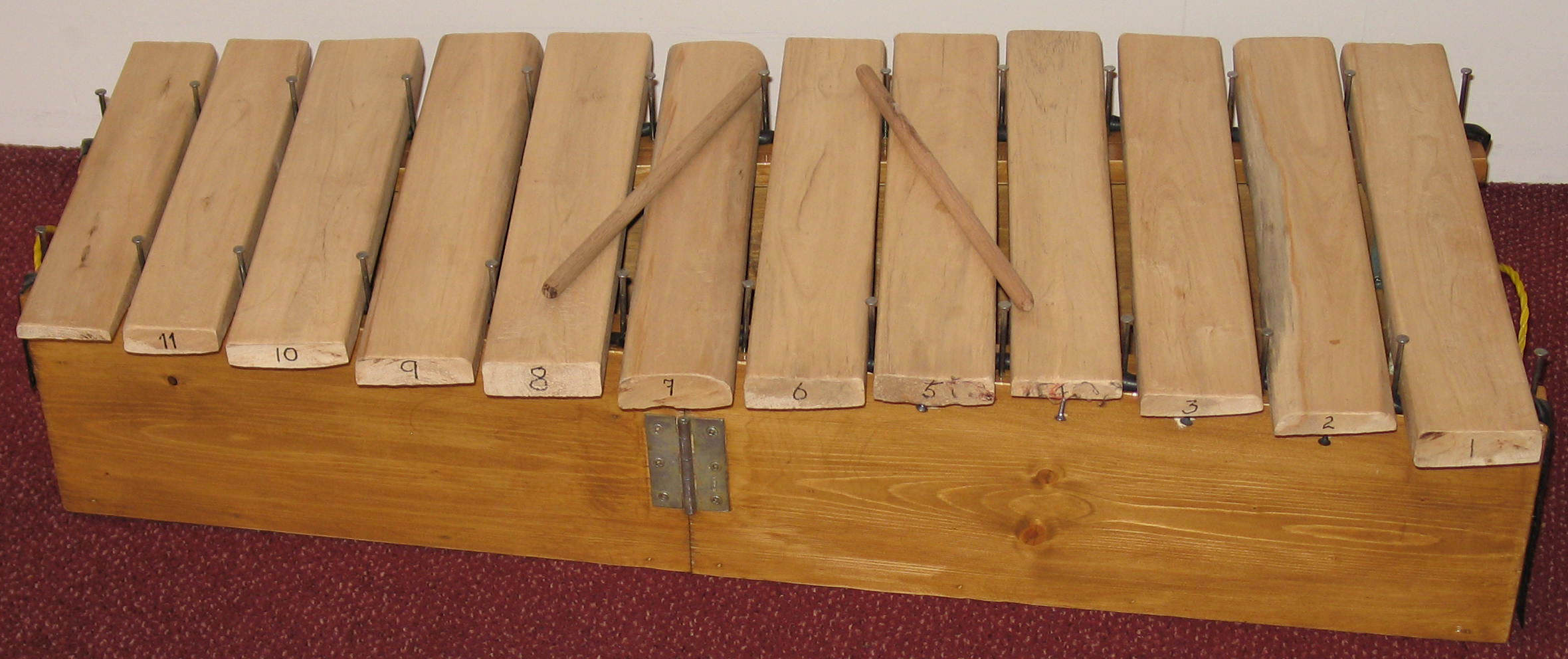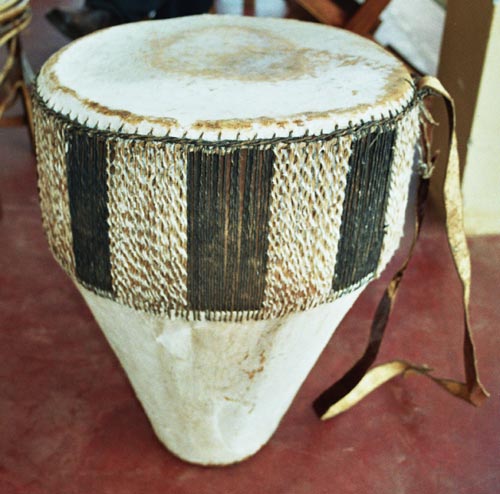Ugandan music is as diverse as the ethnicity of its people. The country is home to over 30 different ethnic groups and tribes and they form the basis of all indigenous music. The Baganda, being the most prominent tribe in the country, have dominated the culture and music of Uganda over the last two centuries. The other tribes all have their own music styles passed down from generations dating back to the 18th century.
These variations all make for good diversity in music and culture. The first form of popular music to arise out of traditional music was the Kadongo Kamu style of music, which rose out of traditional Ganda music. Later music genres drew from Kadongo Kamu, making it one of the most influential music styles in Uganda.
Uganda has well over 30 different ethnic groups referred to as tribes. These tribes are diverse and are spread evenly throughout the country. Although the divide between theNilotic peoples and the Bantu peoples is evident, with most Nilotic tribes like the Acholi and the Langi found in the northern part of the country while the Bantu tribes like theBaganda are found mostly in the south of the country.
Tribal music in Uganda, like in most African regions, is mainly functional. This means that most music and music activities usually have specific functions related to specific festivities like marriage, initiation, royal festivals, harvests and the like. The music is performed by skilled tribesmen who are good at various instruments and well versed with the stylistic elements of the music of their tribe.
Most music is geared for dancing in the community, hence most tribes have specific dances associated with their music. Call and response style of singing is common and is the many ways vital information is passed on to the listeners.
Traditional Instruments
Traditional Instruments
 |
| Endongo (Bowlyre) |
 |
| Madinda (Xylophone) |
 |
| Adungu (Ugandan Harp) |
 |
| Enkoma (The Drum) |

great work
ReplyDelete